PGS: The Digest of Philippine Genre Stories

I first encountered the name Charles Tan a few months ago, through publisher Erzebet YellowBoy of Papaveria Press. Mr. Tan kindly agreed to review the first two books in the new Wonder Tales series, Jack o’ the Hills and The Winter Triptych.
I did what one usually does. Commented on his blog. Friended him on Facebook. You know. The rounds.
On Facebook, Charles is a friendly presence, often wishing me a, “Good morning!” with such exuberant emphasis that I realized it must not be morning wherever he was. So I looked into it — and lo! As I’d begun to suspect, he’d been wishing me good morning from his evening — in the Philippines! So I started writing, “Good evening!” right back, which, at 10 AM, never fails to strike my silly bone.
As for who Charles Tan is, the World SF Travel Fund site (a crowdfunding effort to bring Mr. Tan to the states for the World Fantasy Convention — where he’s up for the Special Award – Non Professional ) sums him up nicely:
“Charles is a tireless promoter of speculative fiction. Besides his own Bibliophile Stalker blog, he contributes to the Nebula Awards blog, the Shirley Jackson Award blog, SF Signal and The World SF Blog. He also edited two online anthologies of speculative fiction from the Philippines. Charles is highly regarded in the SF scene both in the USA and internationally.”
But Ms. Cooney, you ask, what does this have to do with your subject line?
Well, darling thing! I’ll tell you.
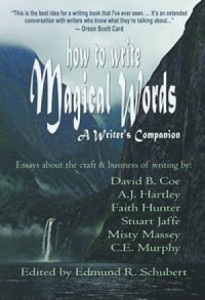
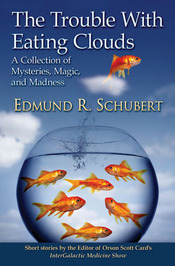
 NPR has posted its
NPR has posted its 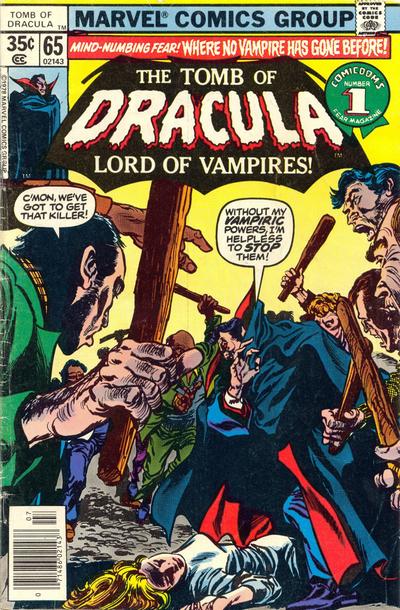
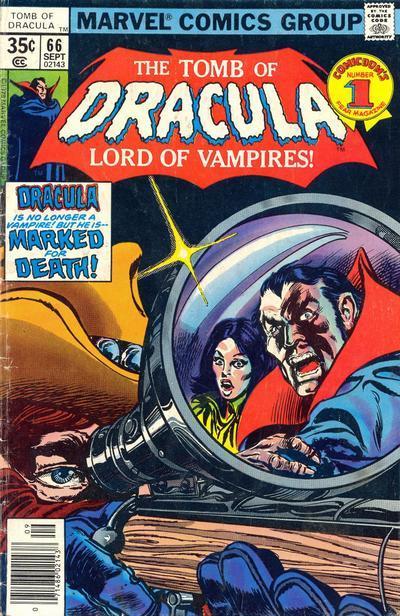
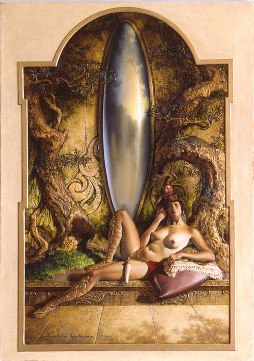

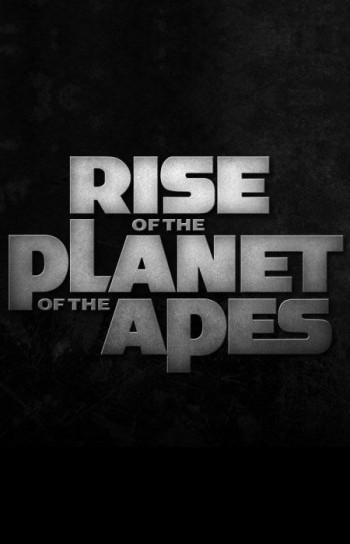 Rise of the Planet of the Apes (2011)
Rise of the Planet of the Apes (2011)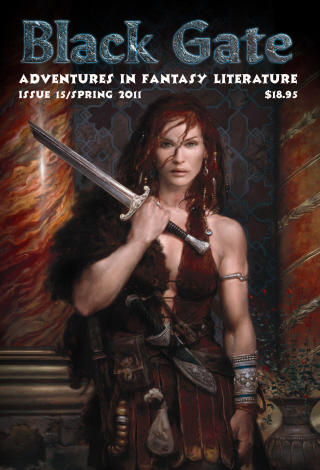
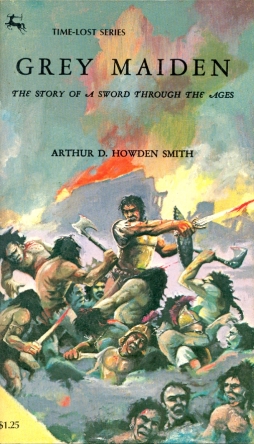 If I’m counting right, this marks my fifty-second post on Black Gate, which means this is effectively an anniversary. At any rate, it’s a good point to pause and reflect, I think. Writing here’s been a blast, from my first piece about Howden Smith’s collection of historical adventures Grey Maiden, up through last week’s essay on the origin story of Steve Ditko’s Doctor Strange. I’m eager to keep going, too; I feel like I’ve gotten better as a writer and critic from posting on this site, and I feel like I’ve begun to understand certain things about the nature of fantasy. I have to thank John O’Neill for inviting me to join his team, and Claire Cooney for her editing work; both John and Claire are accessible and generous with their time, and make posting here easy and fun. I also want to thank all the other bloggers who make this site, I feel, one of the best places on the web for fantasy fans. And especially I want to thank everyone who’s read and commented on my posts over the past year; I’ve been impressed with the level of responses I’ve seen, on my posts and others’, and fascinated by the conversations that’ve developed.
If I’m counting right, this marks my fifty-second post on Black Gate, which means this is effectively an anniversary. At any rate, it’s a good point to pause and reflect, I think. Writing here’s been a blast, from my first piece about Howden Smith’s collection of historical adventures Grey Maiden, up through last week’s essay on the origin story of Steve Ditko’s Doctor Strange. I’m eager to keep going, too; I feel like I’ve gotten better as a writer and critic from posting on this site, and I feel like I’ve begun to understand certain things about the nature of fantasy. I have to thank John O’Neill for inviting me to join his team, and Claire Cooney for her editing work; both John and Claire are accessible and generous with their time, and make posting here easy and fun. I also want to thank all the other bloggers who make this site, I feel, one of the best places on the web for fantasy fans. And especially I want to thank everyone who’s read and commented on my posts over the past year; I’ve been impressed with the level of responses I’ve seen, on my posts and others’, and fascinated by the conversations that’ve developed.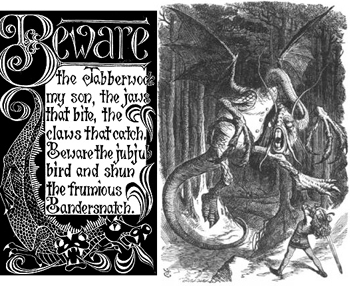 Morning and evening
Morning and evening